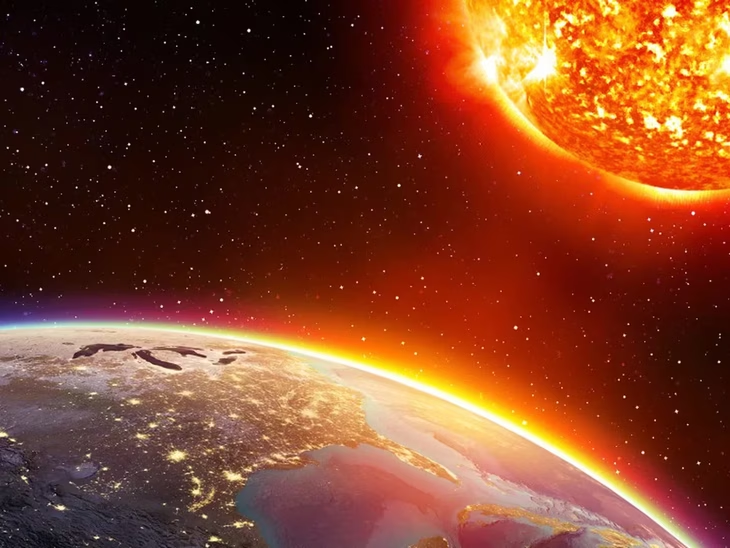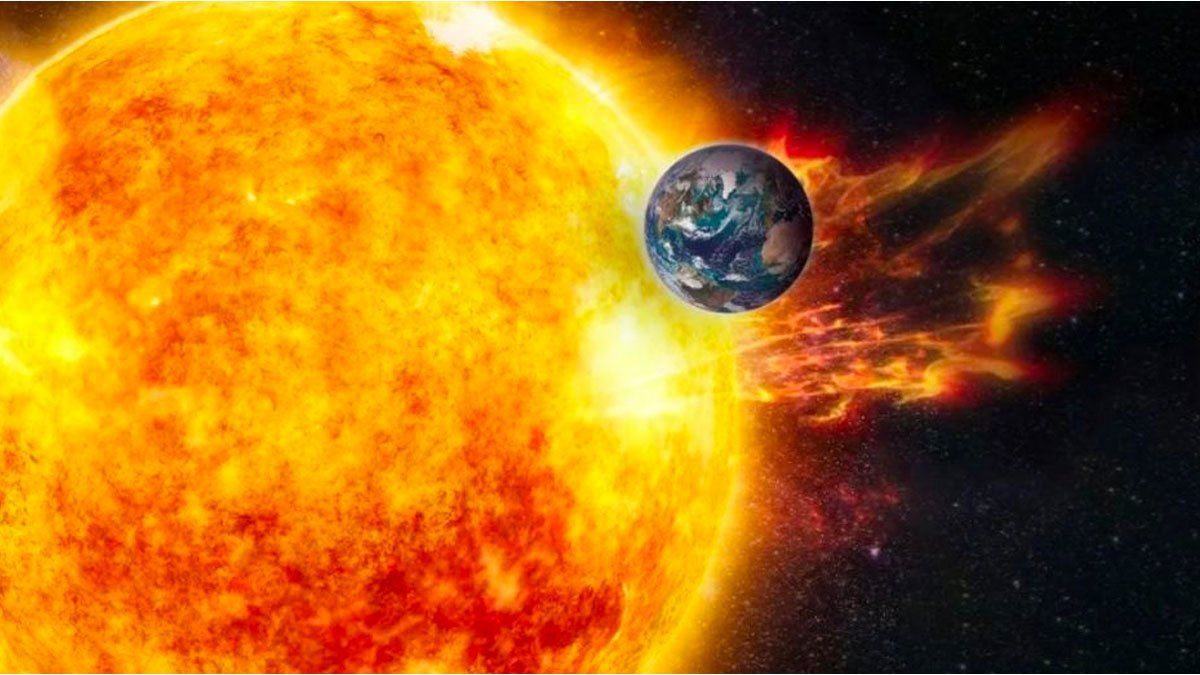The main star will expand until it becomes a red giant capable of consuming other planets. According to a study, the terrestrial future could survive without being habitable.
The main star will expand until it becomes a red giant capable of consuming other planets.
In some six billion yearshe Sun will expand until it became a red giant, consuming planets like Mercury, and possibly Venuss. For a long time, it has been believed that The Earth would also suffer this fatebut new findings suggest that all may not be lost, although the planet could be uninhabitable by then.
The content you want to access is exclusive to subscribers.
Scientists have discovered a rocky planet that managed to survive the transformation of its star into a red giant. This planet now orbits a white dwarf, the stellar remnant left after a star exhausts its fuel. The discovery is significant because the planet, at one time, would have been located in a orbit similar to that of the Earth with respect to its star, but was pushed to a farther position before being consumed by the red giant. This is the first rocky planet to be detected orbiting a white dwarf.


“We don’t know if the Earth could survive a similar process.”explained Keming Zhang, astrophysicist at the University of California, San Diego and lead author of the study published in Nature Astronomy. “But if you do, you would end up in a place like this system.”
Earth and Sun.avif

According to a study, the terrestrial future could survive without being habitable.
The discovery of the planet and its implications
The planet, located about 4,000 light years away, was discovered in 2020 thanks to a network of Korean telescopes using the gravitational microlensing technique. This occurred when the white dwarf star passed in front of another star, magnifying the background light into the telescopes. Although this event was a one-time event and continuous observations have not been possible, Zhang and his team managed to identify the star as a white dwarf using the Keck Observatory in Hawaii. The data revealed that The star is orbited by at least two objects, one of which is a rocky planet with 1.9 times the mass of Earth.
By modeling the evolution of the system, the researchers concluded that the planet once occupied an orbit similar to that of Earth. It is likely that heThe original star was similar to the Sun in size and massbut by losing mass during its evolution, the planet was propelled into a more distant orbit, avoiding being destroyed.
This discovery is relevant because, although gaseous planets have already been found orbiting white dwarfs, this would be the first rocky planet to survive this type of stellar transformation.
An uncertain future
However, the presence of a brown dwarf in the system complicates the story. Stephen Kane, an astronomer at the University of California, suggests that the interaction with the brown dwarf could have altered the dynamics of the system, expelling other planets and leaving only the survivors.
NASA hopes to launch the Nancy Grace Roman space telescope in 2027, with the mission of finding more planets through gravitational microlensing, including those orbiting white dwarfs. This would allow continue exploring the possibility of surviving rocky planets.
For now, the system Zhang discovered offers an intriguing glimpse into the potential fate of our own planet, if only for a brief moment on the vast horizon of cosmic time.
Source: Ambito




